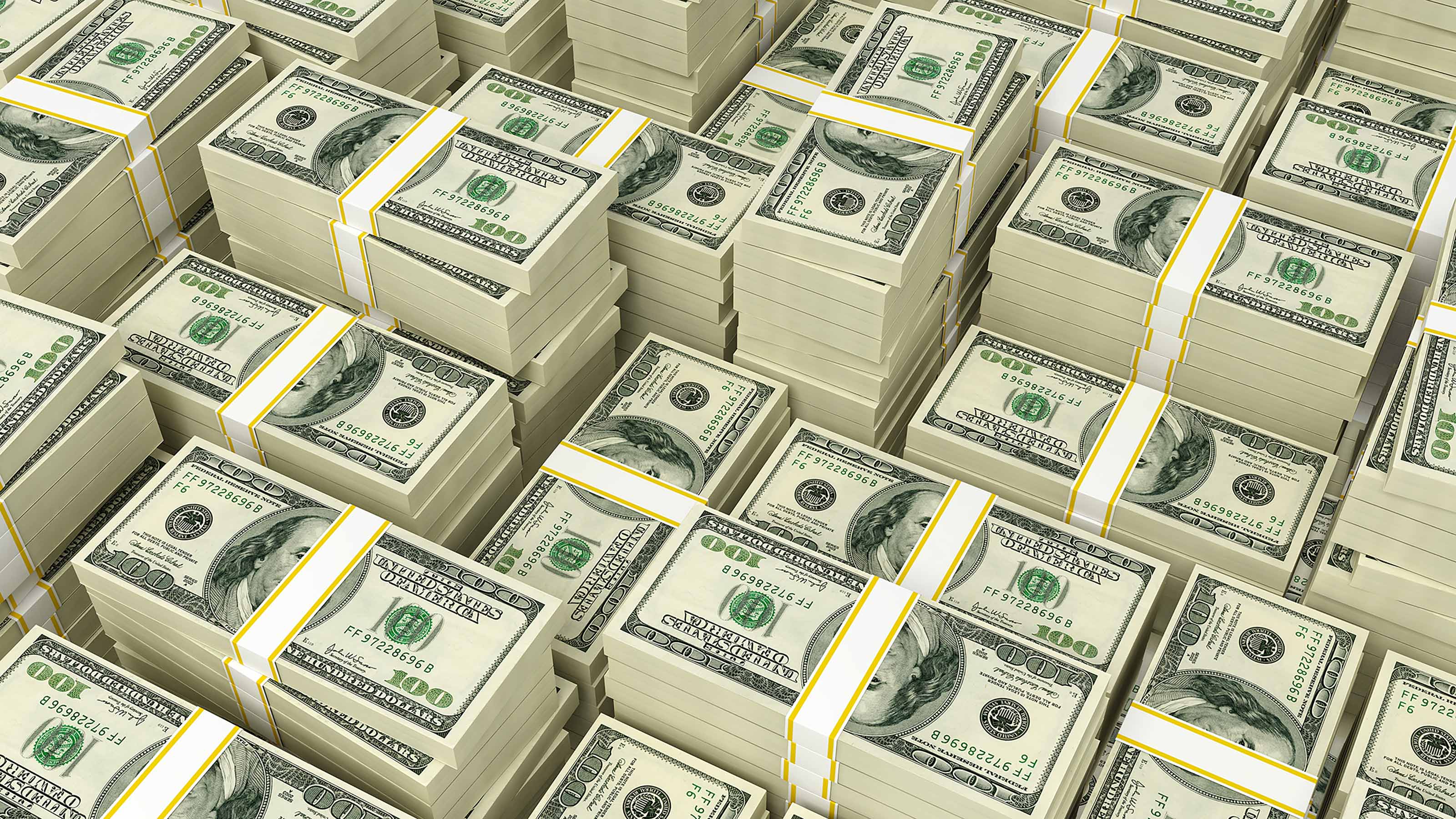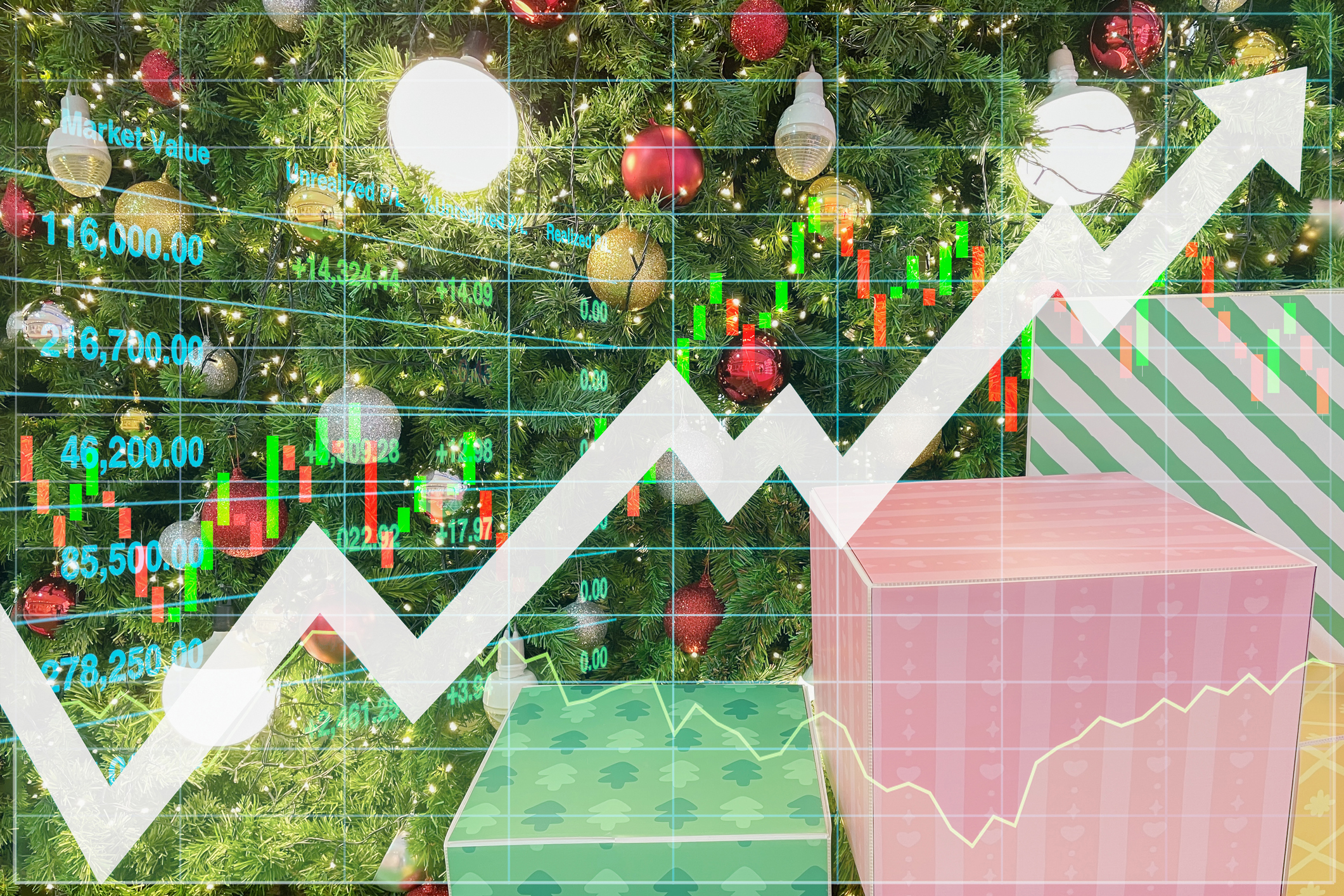Highest-Yielding Dividend Stocks in the S&P 500
LyondellBasell, Conagra and Altria head the list of the highest-yielding dividend stocks in the S&P 500. Some of the other names might surprise you.


Dividend investors should know that blindly buying the highest-yielding dividend stocks can be a dangerous game.
An unusually high dividend yield is often a warning sign because stock prices and dividend yields move in opposite directions. It's possible that a too-good-to-be-true dividend yield is simply an effect of a stock having lost a lot of value.
Anytime a company's stock is slumping badly, it's worth wondering if its dividend is sustainable at current levels.
Case in point: Look at Walgreens Boots Alliance. Not long ago, the troubled pharmacy chain was a component of the Dow Jones Industrial Average and a member of the S&P 500 Dividend Aristocrats, an index of companies that have hiked their payouts annually for at least a quarter of a century.
Walgreens was forced to cut its dividend in early 2024 to save cash and was dropped from the Dow and the Aristocrats. On January 29, 2025, Walgreens' dividend sported a tempting yield of 8.7%. The following day, however, Walgreens suspended its dividend.
Cut to today, and Walgreens has gone private.
Highest-yielding dividend stocks
Sometimes the highest-yielding dividend stocks can be fool's gold, and this could be pertinent to even some S&P 500 stocks with high yields.
Be forewarned that in some cases, the names below have entered elite-yield territory only because their share prices have come under stress. In turn, that has some analysts concerned about the sustainability of payouts going forward.
LyondellBasell (LYB) leads the list once again this month, then shares have come under pressure due to what management calls a "prolonged cyclical downturn."
Note that Goldman Sachs analysts have a Sell rating on the materials stock, citing the chemical company's pause of share buybacks through 2026. Wall Street's consensus recommendation on LYB stands at Hold.
Happily for dividend investors, a number of Buy-rated blue chip stocks anchor the list.
Verizon Communications (VZ), one of Wall Street's top Dow Jones stocks, has raised its dividend annually for two decades. Meanwhile, Pfizer (PFE) has a 16-year track record of consecutive hikes to its payout.
Elsewhere, Amcor (AMCR), one of the best dividend stocks for dependable dividend growth, gets a high-conviction Buy rating from industry analysts.
With those explanations and caveats out of the way, below find the 15 highest-yielding dividend stocks in the S&P 500.
Market data, analysts' estimates and analysts' recommendations are as of December 8, 2025, courtesy of YCharts and S&P Global Market Intelligence.

Company (Ticker) | Forward dividend yield | Analysts' consensus recommendation |
|---|---|---|
LyondellBasell (LYB) | 12.6% | Hold |
Conagra Brands (CAG) | 8.2% | Hold |
Altria Group (MO) | 7.3% | Hold |
Healthpeak Properties (DOC) | 7.2% | Buy |
United Parcel Service (UPS) | 6.9% | Buy |
Verizon Communications (VZ) | 6.6% | Buy |
Pfizer (PFE) | 6.6% | Buy |
Kraft Heinz (KHC) | 6.6% | Hold |
VICI Properties (VICI) | 6.5% | Buy |
Alexandria Real Estate Equities (ARE) | 6.3% | Buy |
Amcor (AMCR) | 6.3% | Buy |
Dow (DOW) | 6.1% | Hold |
Edison International (EIX) | 5.7% | Buy |
Realty Income (O) | 5.5% | Hold |
Franklin Resources (BEN) | 5.5% | Hold |
Related Content
Profit and prosper with the best of Kiplinger's advice on investing, taxes, retirement, personal finance and much more. Delivered daily. Enter your email in the box and click Sign Me Up.

Dan Burrows is Kiplinger's senior investing writer, having joined the publication full time in 2016.
A long-time financial journalist, Dan is a veteran of MarketWatch, CBS MoneyWatch, SmartMoney, InvestorPlace, DailyFinance and other tier 1 national publications. He has written for The Wall Street Journal, Bloomberg and Consumer Reports and his stories have appeared in the New York Daily News, the San Jose Mercury News and Investor's Business Daily, among many other outlets. As a senior writer at AOL's DailyFinance, Dan reported market news from the floor of the New York Stock Exchange.
Once upon a time – before his days as a financial reporter and assistant financial editor at legendary fashion trade paper Women's Wear Daily – Dan worked for Spy magazine, scribbled away at Time Inc. and contributed to Maxim magazine back when lad mags were a thing. He's also written for Esquire magazine's Dubious Achievements Awards.
In his current role at Kiplinger, Dan writes about markets and macroeconomics.
Dan holds a bachelor's degree from Oberlin College and a master's degree from Columbia University.
Disclosure: Dan does not trade individual stocks or securities. He is eternally long the U.S equity market, primarily through tax-advantaged accounts.
-
 How to Leave Different Amounts to Adult Children Without Causing a Rift
How to Leave Different Amounts to Adult Children Without Causing a RiftHere’s how to leave different amounts to adult children without causing a family rift.
-
 My Retirement Learning Curve, 1 Year In
My Retirement Learning Curve, 1 Year InA retiree checks in with what they wish they knew early on and what they've changed about their plan one year in.
-
 Introducing Your CD's Edgier Cousin: The Market-Linked CD
Introducing Your CD's Edgier Cousin: The Market-Linked CDTraditional CDs are a safe option for savers, but they don't always beat inflation. Should you try their counterparts, market-linked CDs, for better returns?
-
 Introducing Your CD's Edgier Cousin: The Market-Linked CD
Introducing Your CD's Edgier Cousin: The Market-Linked CDTraditional CDs are a safe option for savers, but they don't always beat inflation. Should you try their counterparts, market-linked CDs, for better returns?
-
 'Humbug!' Say Consumers, Despite Hot GDP: Stock Market Today
'Humbug!' Say Consumers, Despite Hot GDP: Stock Market Today"The stock market is not the economy," they say, but both things are up. Yet one survey says people are still feeling down in the middle of this complex season.
-
 The SEC Is Concerned for Older Investors and Retirement Savers. Here's What You Should Know.
The SEC Is Concerned for Older Investors and Retirement Savers. Here's What You Should Know.The SEC focusing on older investors, retirement and college savers, and private securities. Here's how those changes impact you.
-
 Why You Should Pay Attention to Company Guidance
Why You Should Pay Attention to Company GuidanceUnderstanding how corporate profit forecasts affect analysts’ estimates and stock ratings can help you make investment decisions.
-
 How to Protect Yourself and Others From a Troubled Adult Child: A Lesson from Real Life
How to Protect Yourself and Others From a Troubled Adult Child: A Lesson from Real LifeThis case of a violent adult son whose parents are in denial is an example of the extreme risks some parents face if they neglect essential safety precautions.
-
 To Build Client Relationships That Last, Embrace Simplicity
To Build Client Relationships That Last, Embrace SimplicityAs more automation becomes the norm, you can distinguish yourself as a financial professional by using technology wisely and prioritizing personal touches.
-
 Client Demand Is Forcing Financial Advisers to Specialize: How to Deliver
Client Demand Is Forcing Financial Advisers to Specialize: How to DeliverThe complexity of wealthy clients' needs — combined with AI and consumer demand — suggests the future of financial planning belongs to specialized experts.
-
 Stocks Rise to the Spirit of the Season: Stock Market Today
Stocks Rise to the Spirit of the Season: Stock Market TodayInvestors, traders and speculators are beginning to like the looks of a potential year-end rally.
